- About us
- Support the Gallery
- Venue hire
- Publications
- Research library
- Organisation chart
- Employment
- Contact us
- Make a booking
- Onsite programs
- Online programs
- School visit information
- Learning resources
- Little Darlings
- Professional learning
Amy Castles (1880–1951), soprano, was born in Melbourne and educated at schools in Bendigo, where her family lived from the early 1880s. She was still at school when her talents attracted the attention of a singing teacher named E Allan Bindley, who orchestrated her professional debut at the Austral Salon in Melbourne in March 1899. Having toured Australia to raise the means to study abroad, she went to Paris to train with Madame Mathilde Marchesi, Melba’s teacher, and later studied with Jacques Bouhy. She made her London debut in November 1901, appearing with Clara Butt and compatriot Ada Crossley, and then returned to Australia under contract to JC Williamson & Co. Castles performed in Britain and Europe throughout the first decade of the century, touring Australia again for J & N Tait in 1909–1910 before, in 1912, being offered a four-year contract with the Imperial Opera in Vienna. She was forced to return to Australia on the outbreak of war; and in 1917 went to the United States, remaining there for two years during which period she appeared at Carnegie Hall and gave concerts for convalescent and returned servicemen. Back in Australia from 1919, she went into semi-retirement. Castles never married. She died in Melbourne in 1951.
Collection: National Portrait Gallery
Purchased with funds provided by Jim and Barbara Higgins 2012
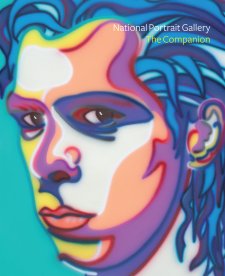
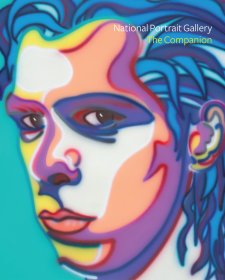

On one level The Companion talks about the most famous and frontline Australians, but on another it tells us about ourselves.
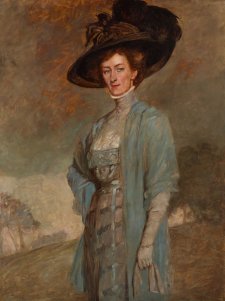
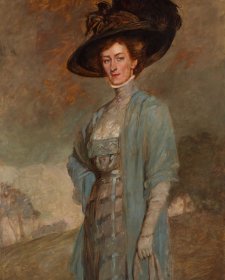
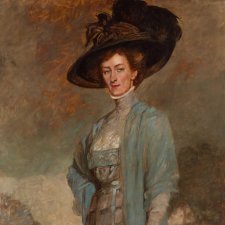
Spanning the 1880s to the 1930s, this collection display celebrates the innovations in art – and life – introduced by the generation of Australians who travelled to London and Paris for experience and inspiration in the decades either side of 1900.


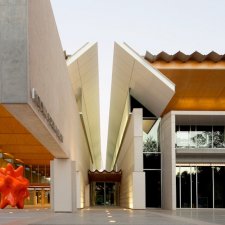
Visit us, learn with us, support us or work with us! Here’s a range of information about planning your visit, our history and more!